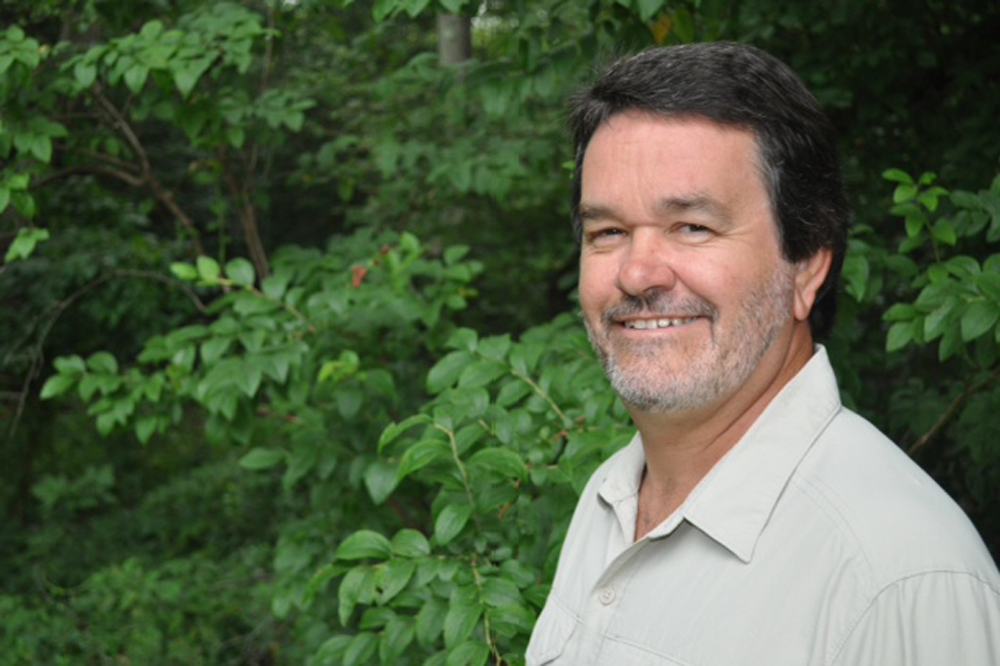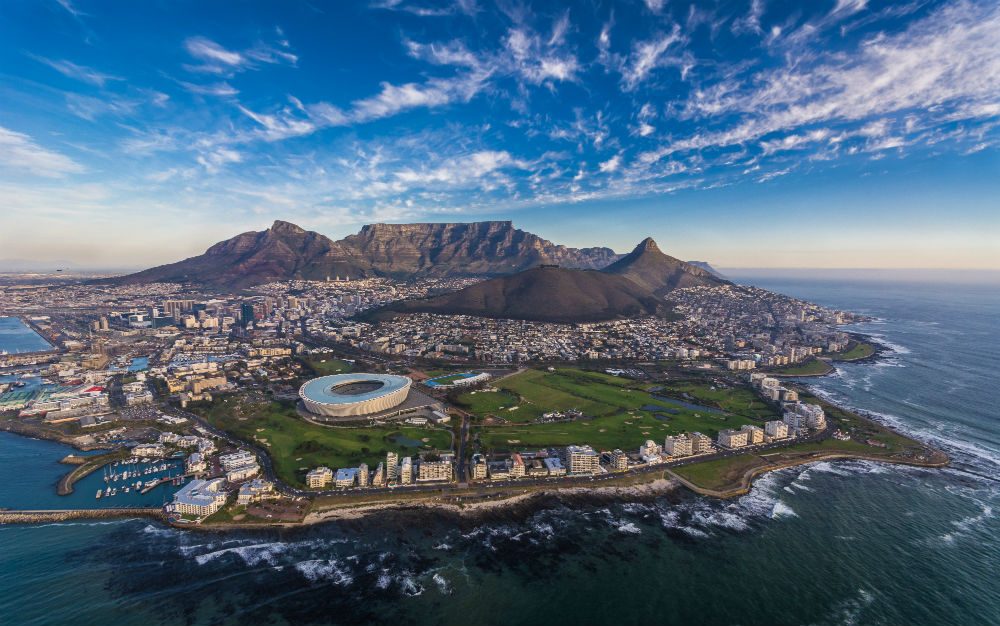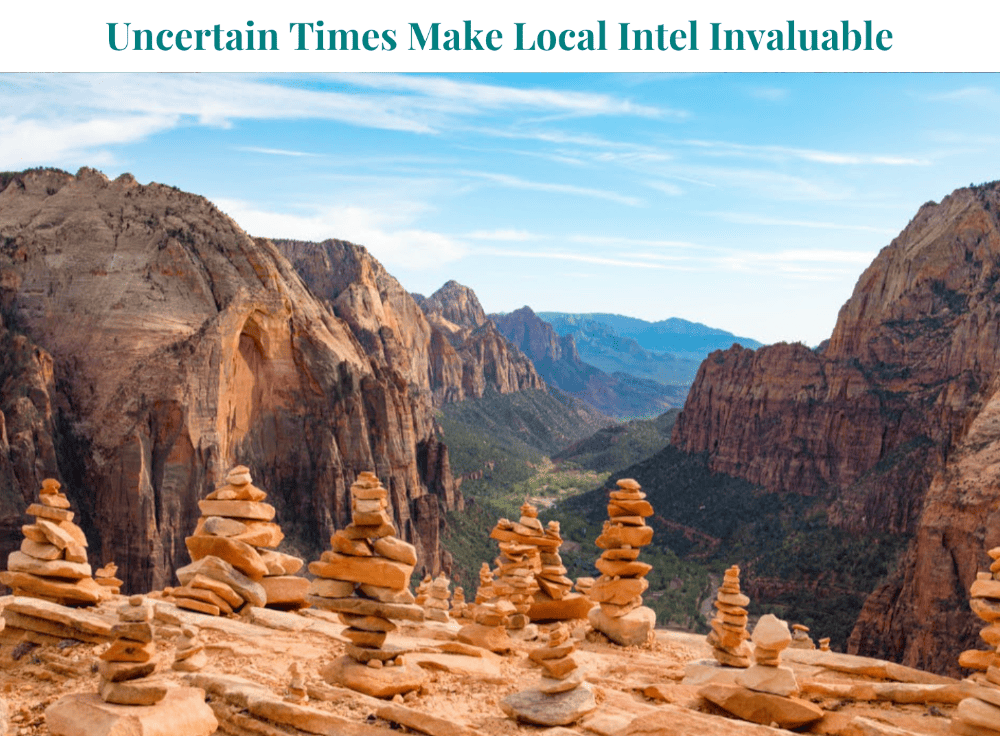Botswana Insider’s Guide: Small Safari Camps and Vast Wilderness
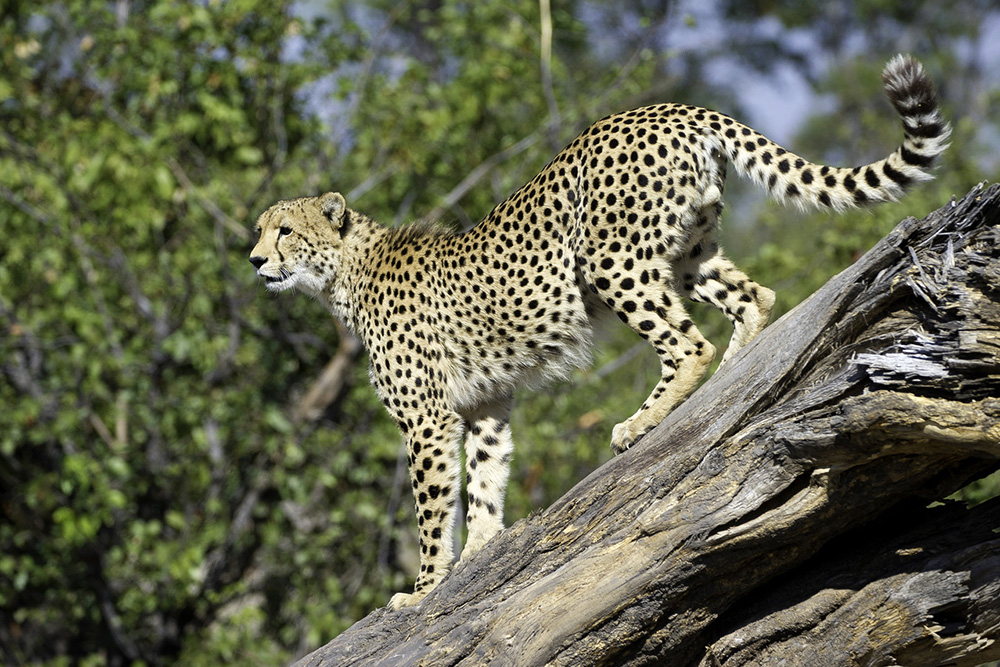 A cheetah in Botswana’s Okavango Delta. Photo: Wilderness Safaris/Dana Allen
A cheetah in Botswana’s Okavango Delta. Photo: Wilderness Safaris/Dana Allen
The insider advice on this page is from one of Wendy’s Trusted Travel Experts for southern Africa: Julian Harrison of Premier Tours.
Fluent in Afrikaans and Zulu, Julian was born and raised in South Africa, where he spent the early part of his career establishing his safari bona fides by working as a ranger in KwaZulu-Natal and cohosting a weekly radio program about wildlife conservation. Later, he co-authored Fodor’s African Safari, giving him the chance to show off his extensive knowledge of every park, lodge, and safari camp in southern Africa. He knows exactly where to go—and when to go—to make the most of your time and money, and takes great pleasure in introducing his clients to the lesser-known corners of the continent, such as the wilds of the Congo rain forest (“The Jungle Book come to life,” as he calls it).
Where to Stay
Best-value safari camp
Camp Moremi is situated on the edge of the Xakanaxa Lagoon in Botswana’s wildlife-rich Moremi Game Reserve, with a viewing deck that looks west over the lagoon. This area is not only breathtakingly beautiful, but it offers both land-based game viewing and boat safaris exploring the plethora of ecosystems nearby.
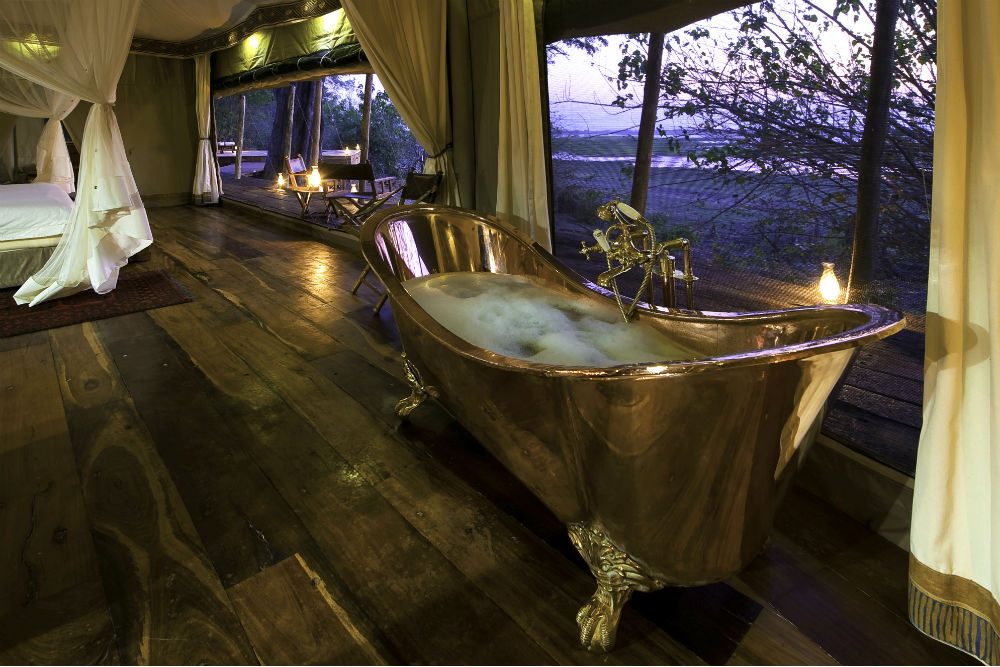
Zarafa Camp is designed for privacy, with four tented villas and a spectacular main area, all made using eco-friendly principles. Photo: Great Plains Conservation
Safari camp worth the splurge
Zarafa Camp is designed for privacy, with four magnificent tented villas and a spectacular main area raised on decking to take advantage of an amazing position overlooking a lagoon. The construction incorporated eco-friendly principles, with teak railroad sleepers repurposed for flooring and furniture made from mahogany that washed up in the 2005 tsunami; the latter was commissioned in an effort to give Indonesians affected by the disaster much-needed work. This is a safari camp like no other, and one that you will quickly fall in love with.
Best safari camp for families
Footsteps Camp is an intimate camp located in the Shinde private concession of the Okavango Delta. Their Young Explorers program offers family-friendly safaris from a private, six-bedded camp, which comes with a personal chef, waiter, and housekeeper, and two safari guides and mokoro (dugout canoe) guides for activities. The emphasis is on conservation, respect for the earth, and learning some bush survival skills along the way. The private guides inspire even the youngest guests, explaining how animals can be tracked using a bit of experience and some keen detective work.
What to See and Do

Fire-making with the San in the Kalahari Desert. Photo courtesy Wilderness Safaris/Caroline Culbert.
Don’t miss
The Kalahari Desert, home to the San bushmen, one of the oldest tribes in Africa, and among the last wild places in the world. The best time to visit is during the annual rains, November through March, when the Kalahari springs to life, attracting great numbers of desert-adapted oryx and springbok, which in turn are followed by cheetahs and the famous Kalahari black-maned lion.
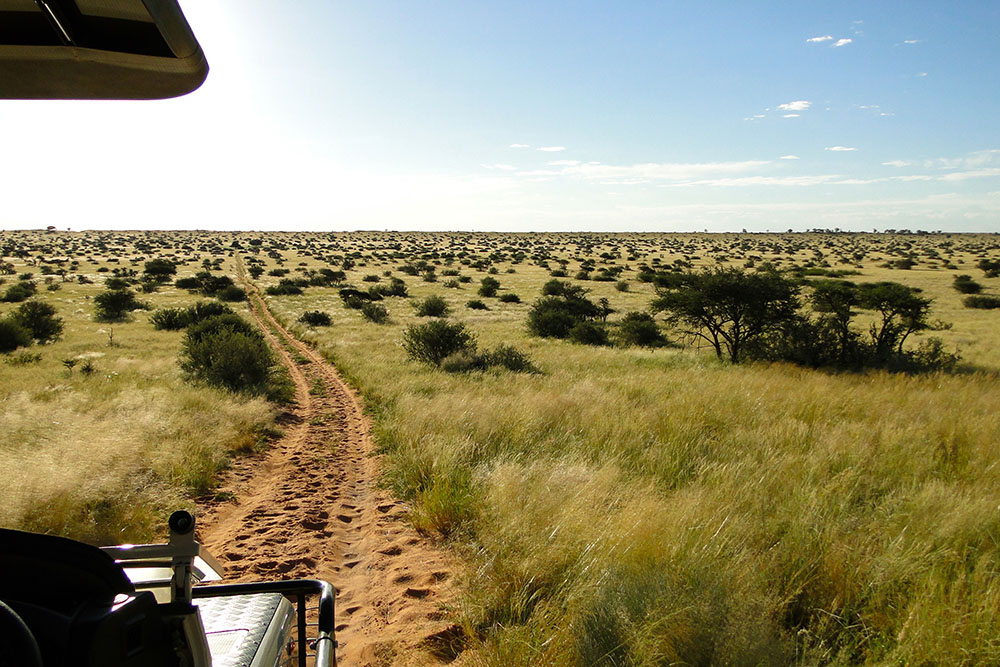
Tswalu, Kalahari, South Africa. Photo: Daphne Limmer
Going on a walking safari. There’s no better way to immerse yourself in the natural world than by experiencing it on foot, and nowhere is that more true than around Botswana’s Okavango Delta, one of the most biologically diverse places on the planet. Not all camps offer walking safaris, and only specially trained, qualified guides can lead the treks, which can last from two to four hours. Julian usually makes arrangements for his travelers well in advance and suggests the areas that would be best for walking, depending on the time of year.
Don’t bother
Some (but not all) visits to local villages can be contrived and touristy, leaving visitors with an uncomfortable feeling of intruding on people’s lives. Unlike in Kenya and Tanzania, most villages in Botswana are far from the game reserves and safari camps, so it isn’t as easy for visitors to interact with locals in a genuine setting.
Best for thrill-seekers
A mountain-bike safari at Mashatu Game Reserve. You can choose to bike just one day or arrange for any length of trip, though most people go for two or three days, spending as many hours a day as they like riding along the ancient elephant migration paths while a vehicle trails behind, ferrying your camera equipment. Nights are spent in an open-air boma (a large area fenced in by thornbushes), where you’ll sleep under a starlit African sky.
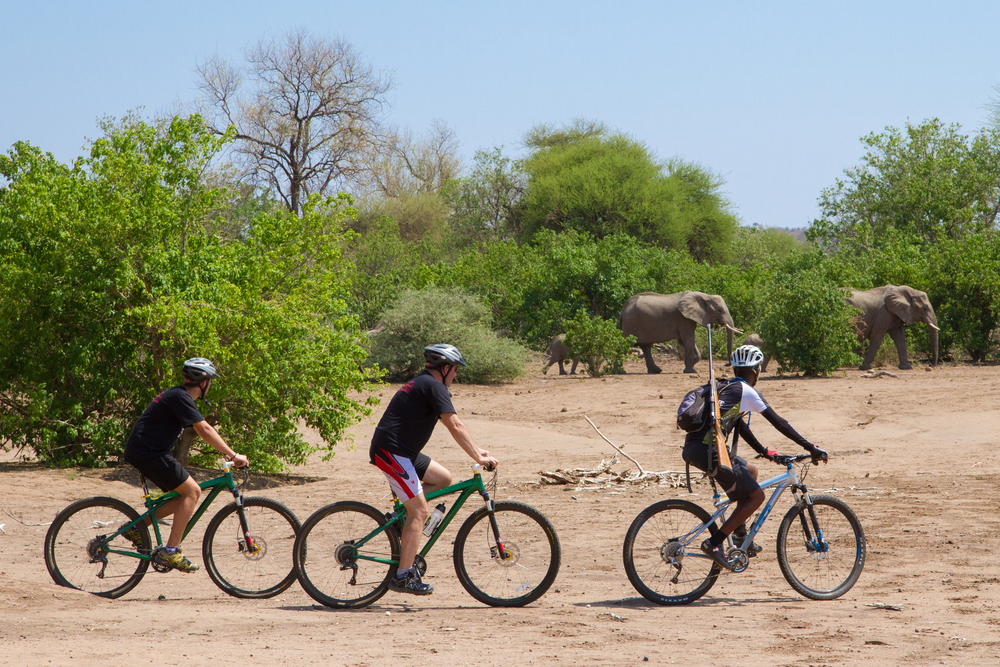
Mountain bike safari in Botswana. Photo: Mashatu Game Reserve
Bragging rights
If the timing works—and the scientists are amenable—Julian can sometimes arrange for visitors to help out on a wildlife study or conservation project in the field. The excursions include tracking and collaring wild dogs, or conducting fieldwork on any number of plant and animal species in the bush.
Best Time to Go
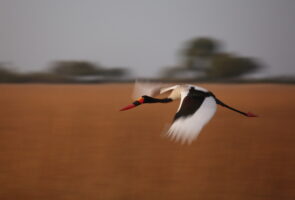
June through October—the dry season—is excellent for seeing wildlife, since the animals congregate around a few main water sources. For boating around the vast labyrinth of lagoons and channels that make up the Okavango Delta, no time is better than June, July, and August, when the water reaches its highest levels and the climate throughout Botswana is at its most pleasant (daytime temps during those months are usually in the mid 70s, though the mercury can drop into the low 40s at night). In September and October, the afternoons can be much hotter, usually in the 90s.
Best Time for a Deal
Mid-December through March. It’s technically part of the rainy season, though it tends to rain only in short spurts, while the terrain is lush and green and at its most photogenic. The rates at the camps and lodges are more attractive too—sometimes up to 35 to 40 percent lower than the high (dry) season rates. On top of all that, many grazing species (zebra, wildebeest, antelopes) have their offspring between December and March, which means you’ll have a better chance of seeing the predators (including cheetahs, leopards, and lions) in action.
Worst Time to Go
November and early December. It’s the start of the rainy season, and though rainfall can be minimal, cyclones do occasionally occur, bringing a deluge of rain for several days that severely limits game viewing and other safari activities.
Biggest Rookie Mistakes
Picking the wrong seat on your safari drive. Most first-timers tend to opt for the third row of seats in the safari vehicle because they’re higher than the others (the stepped seating allows for unobstructed animal viewing), but those seats are farthest away from the guide, which can hamper one’s ability to hear them. The third row is also just behind the rear axle of the vehicle, which creates a greater whiplash effect when driving over uneven terrain.
First-time safari-goers are often so obsessed with photographing everything that they forget to put down the camera once in a while and just take it all in and absorb the magic of the moment.
Instagram Moment
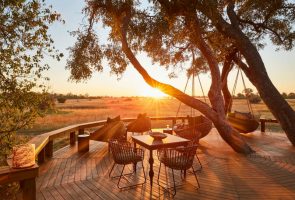
Taking a sunset ride on a mokoro (dugout canoe) through the papyrus-fringed waterways of the Okavango Delta.
The Souvenir
The small gift shop at Selinda Camp, owned and operated by well-known wildlife photographers and filmmakers Beverly and Derek Joubert, sells some of Beverly’s famous big-cat photos that will probably—no matter how hard you try—put yours to shame.
Must-Have Apps
Sasol eBirds of Southern Africa lets you listen to recordings of the calls and songs of all the feathered friends you’re likely to see.
Mammals of Southern Africa is packed with interesting details about most of the species you’ll come across, including where they’re found, how big (or small) they are compared to humans, and what their footprints look like, so you can keep an eye out.
Kingdon Pocket eGuide to African Mammals is an encyclopedic field guide to animal spotting, converted into a handy app.
Don’t Forget to Pack
Heavy-duty moisturizer and lip balm (both with SPF 30 or higher) and, if you wear contact lenses, extra contact-lens solution. The dust, and driving around in open vehicles in the hot sun, can wreak havoc on your eyes and skin.

